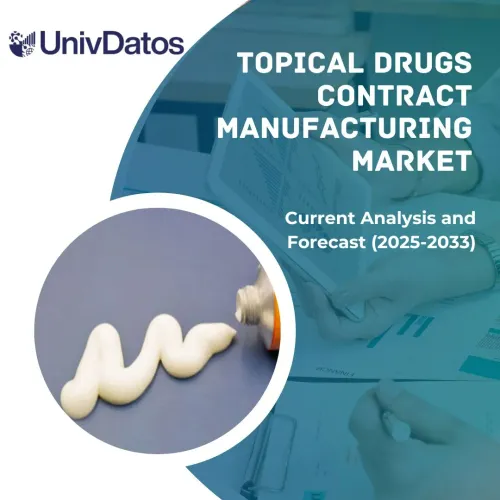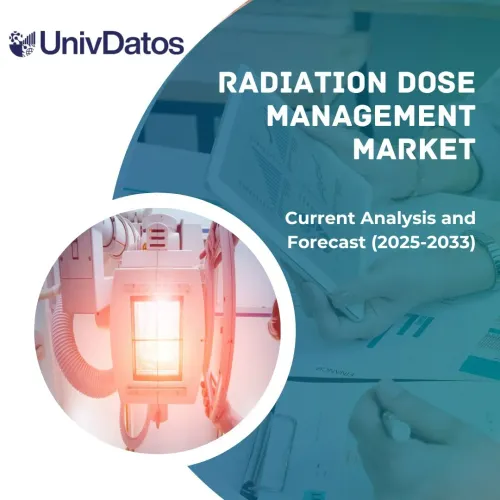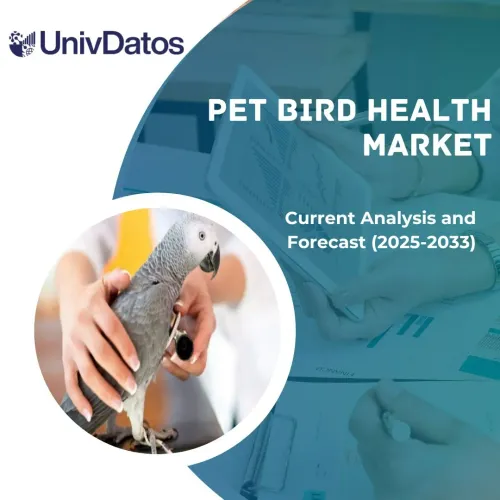- Strona główna
- O nas
- Branża
- Usługi
- Czytanie
- Kontakt
Rynek Protez Udowych: Aktualna Analiza i Prognoza (2022-2028)
Nacisk na produkt (Protezy ze sztywnym panewką, Protezy ze zmienną panewką); Materiał (Metal-na-metal, Metal-na-polietylenie, Ceramika-na-metal, Ceramika-na-polietylenie, Ceramika-na-ceramice); Użytkownik końcowy (Szpitale, Kliniki Ortopedyczne, Ambulatoryjne Centra Chirurgiczne, Inne); i Region/Kraj
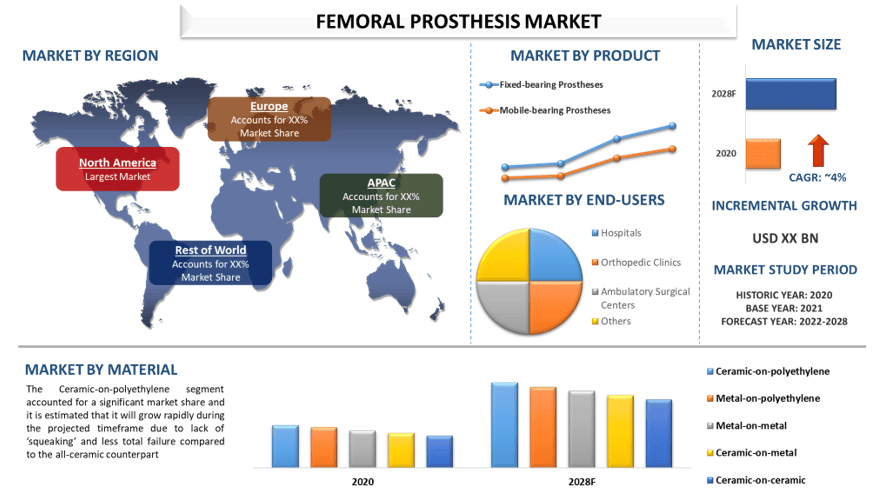
Oczekuje się, że rynek protez udowych zarejestruje CAGR na poziomie ok. 4% w okresie 2022-2028.Operacja wszczepienia endoprotezy stawu biodrowego obejmuje wymianę uszkodzonego stawu biodrowego na sztuczny (protezę). Operacja wszczepienia endoprotezy stawu biodrowego może być wykonywana u dorosłych w każdym wieku. Aby stworzyć nowy staw biodrowy, podczas wymiany stawu biodrowego wszczepiane są cztery elementy: komponent panewkowy, plastikowa wkładka, trzpień udowy i głowa udowa. Protezy głowy udowej to struktury w kształcie kuli, które są przymocowane do trzpienia udowego i pasują bezpośrednio do nowej panewki. Protezy głowy udowej występują w różnych kształtach i rozmiarach i są głównie wykonane ze stali nierdzewnej, ceramiki, stopu chromu i kobaltu oraz innych materiałów. Rosnące zapotrzebowanie na protezy udowe można przypisać wzrostowi zapotrzebowania na protezy na całym świecie. Rosnące zainteresowanie graczy rynkowych rozwojem produktów do implantacji i zaawansowanym systemem redukcji utraty krwi w procedurach chirurgicznych prawdopodobnie przyczyni się do wzrostu rynku.Na przykład, w lipcu 2021 roku Medacta ogłosiła rozszerzenie portfolio rewizji stawu biodrowego. W pierwszych operacjach wykorzystano AMIS(R)-K Long, śrubę biodrową Mpact 3D Metal i 3D Metal(R) B-Cage. Wraz z modułowym trzpieniem rewizyjnym udowym M-Vizion, produkty te jeszcze bardziej poszerzają platformę rewizji stawu biodrowego Medacta. Ze względu na rażące statystyki, zaawansowana technologia pomaga w szybszym powrocie do zdrowia pacjentów, co prowadzi do rosnącego zapotrzebowania na protezy udowe i przyczyni się do wzrostu rynku również w nadchodzącym okresie. Ponadto, oczekuje się, że rynek protez udowych będzie rósł z powodu wzrostu liczby operacji wymiany stawu biodrowego i poprawy refundacji świadczeń zdrowotnych dla protez ortopedycznych. Jednak niektóre ograniczenia na rynku, w tym rygorystyczne wytyczne rządowe związane z używaniem produktów protetycznych, hamują wzrost tego rynku na całym świecie.
Stryker Corporation, Zimmer Biomet Holdings Inc, Corin Group, Ortho Development, Smith & Nephew plc, Medacta International, Biotech GmbH, SurgTech Inc, Corentec Co. Ltd., Limacorporate S.p.A to niektórzy z kluczowych graczy na rynku. Kilka fuzji i przejęć wraz ze strategicznymi partnerstwami zostało podjętych przez tych graczy w celu ułatwienia klientom dostępu do zaawansowanych technologicznie i innowacyjnych produktów/technologii.
Informacje prezentowane w raporcie
„Wśród produktów kategoria protez ze sztywnym panewką stanowiła znaczący udział w rynku w 2020 roku”
W oparciu o produkty, rynek protez udowych jest podzielony na protezy ze sztywnym panewką i protezy ze zmienną panewką. Segment protez ze sztywnym panewką stanowił znaczący udział w rynku i szacuje się, że będzie gwałtownie rósł w prognozowanym okresie, ponieważ jest to tańsza opcja protezy w porównaniu do protez ze zmienną panewką. Ponadto, są one odpowiednie dla wszystkich pacjentów, ponieważ wymagają większego wsparcia ze strony tkanek miękkich (więzadeł i mięśni otaczających kolano) i jest mało prawdopodobne, aby uległy przemieszczeniu.
„Wśród materiałów, kategoria ceramika-na-polietylenie ma odnotować znaczny CAGR w okresie prognozy”
W oparciu o materiał, rynek jest podzielony na metal-na-metal, metal-na-polietylenie, ceramika-na-metal, ceramika-na-polietylenie i ceramika-na-ceramice. Segment ceramika-na-polietylenie zdobył znaczny udział w rynku i oczekuje się, że będzie rósł w znacznym CAGR w okresie prognozy ze względu na brak 'piszczenia' i mniejszą całkowitą awaryjność w porównaniu do odpowiednika ceramicznego. Pacjenci rozumieją ryzyko, jakie stwarzają metalowe stawy i panewki dla ich długoterminowego zdrowia i odchodzą od tego materiału, akceptując ceramikę-na-polietylenie.
„Wśród użytkowników końcowych, kategoria szpitali ma odnotować znaczny CAGR w okresie prognozy”
W oparciu o użytkowników końcowych, rynek jest podzielony na szpitale, kliniki ortopedyczne, ambulatoryjne centra chirurgiczne i inne. Segment szpitali zdobył znaczny udział w rynku i oczekuje się, że będzie rósł w znacznym CAGR w okresie prognozy ze względu na rosnącą liczbę operacji w szpitalach, korzystną refundację świadczeń zdrowotnych. Ponadto, współpraca między szpitalami a graczami branżowymi w celu tworzenia zaawansowanych procedur chirurgicznych wspomaga wzrost.
„Ameryka Północna ma odnotować znaczny wzrost w okresie prognozy”
Dla lepszego zrozumienia dynamiki rynku protez udowych przeprowadzono szczegółową analizę dla różnych regionów na całym świecie, w tym Ameryki Północnej (USA, Kanada i reszta Ameryki Północnej), Europy (Niemcy, Francja, Hiszpania, Wielka Brytania, Włochy i reszta Europy), Azji i Pacyfiku (Chiny, Indie, Australia, Japonia i reszta APAC), reszta świata. Ameryka Północna stanowi główny rynek dla branży protez udowych ze względu na zwiększone interwencje technologiczne w protezach, a także korzystną refundację świadczeń zdrowotnych.
Powody, dla których warto kupić ten raport:
- Opracowanie obejmuje analizę wielkości i prognoz rynkowych zatwierdzoną przez uwierzytelnionych kluczowych ekspertów branżowych.
- Raport przedstawia szybki przegląd ogólnej wydajności branży na pierwszy rzut oka.
- Raport obejmuje dogłębną analizę czołowych podmiotów branżowych, ze szczególnym uwzględnieniem kluczowych danych finansowych przedsiębiorstw, portfolio produktów, strategii ekspansji i ostatnich wydarzeń.
- Szczegółowa analiza czynników napędzających, ograniczeń, kluczowych trendów i możliwości panujących w branży.
- Opracowanie kompleksowo obejmuje rynek w różnych segmentach.
- Dogłębna analiza regionalna branży.
Opcje dostosowywania:
Globalny rynek protez udowych można dodatkowo dostosować do wymagań lub jakiegokolwiek innego segmentu rynku. Poza tym UMI rozumie, że możesz mieć własne potrzeby biznesowe, dlatego zapraszamy do kontaktu z nami, aby uzyskać raport, który w pełni odpowiada Twoim wymaganiom.
Spis treści
Metodologia badań dla globalnej analizy rynku protez udowych (2022-2028)
Analiza historycznego rynku, oszacowanie obecnego rynku i prognozowanie przyszłego rynku globalnego rynku protez udowych były trzema głównymi krokami podjętymi w celu stworzenia i analizy adopcji protez udowych w głównych regionach na świecie. Wyczerpujące badania wtórne zostały przeprowadzone w celu zebrania historycznych danych rynkowych i oszacowania obecnej wielkości rynku. Po drugie, w celu walidacji tych wniosków, wzięto pod uwagę liczne ustalenia i założenia. Ponadto przeprowadzono wyczerpujące wywiady pierwotne z ekspertami branżowymi z całego łańcucha wartości globalnego rynku protez udowych. Po założeniu i walidacji danych rynkowych poprzez wywiady pierwotne, zastosowaliśmy podejście top-down/bottom-up do prognozowania całkowitej wielkości rynku. Następnie metody podziału rynku i triangulacji danych zostały przyjęte w celu oszacowania i analizy wielkości rynku segmentów i podsegmentów, do których należy branża. Szczegółowa metodologia jest wyjaśniona poniżej:
Analiza historycznej wielkości rynku
Krok 1: Szczegółowe badanie źródeł wtórnych:
Przeprowadzono szczegółowe badania wtórne w celu uzyskania historycznej wielkości rynku protez udowych poprzez wewnętrzne źródła firm, takie jaksprawozdania roczne i sprawozdania finansowe, prezentacje wyników, komunikaty prasowe itp.,oraz źródła zewnętrzne, w tymczasopisma, wiadomości i artykuły, publikacje rządowe, publikacje konkurencji, raporty sektorowe, bazy danych stron trzecich i inne wiarygodne publikacje.
Krok 2: Segmentacja rynku:
Po uzyskaniu historycznej wielkości rynku protez udowych przeprowadziliśmy szczegółową analizę wtórną w celu zebrania historycznych informacji rynkowych i udziału dla różnych segmentów i podsegmentów dla głównych regionów. Główne segmenty uwzględnione w raporcie to produkt, materiał i użytkownicy końcowi. Ponadto przeprowadzono analizy na poziomie kraju w celu oceny ogólnego przyjęcia modeli testowych w danym regionie.
Krok 3: Analiza czynnikowa:
Po uzyskaniu historycznej wielkości rynku różnych segmentów i podsegmentów przeprowadziliśmy szczegółowąanalizę czynnikowąw celu oszacowania obecnej wielkości rynku protez udowych. Ponadto przeprowadziliśmy analizę czynnikową z wykorzystaniem zmiennych zależnych i niezależnych, takich jak rosnąca częstość występowania chorób związanych z kośćmi, takich jak osteoporoza, reumatoidalne zapalenie stawów itp. na świecie. Przeprowadzono szczegółową analizę scenariuszy popytu i podaży, biorąc pod uwagę najważniejsze partnerstwa, fuzje i przejęcia, ekspansję biznesu i wprowadzenia produktów w sektorze rynku protez udowych na całym świecie.
Oszacowanie i prognoza bieżącej wielkości rynku
Bieżąca analiza wielkości rynku:W oparciu o wnioski z powyższych 3 kroków, doszliśmy do obecnej wielkości rynku, kluczowych graczy na globalnym rynku protez udowych oraz udziałów w rynku segmentów. Wszystkie wymagane udziały procentowe, podziały i podziały rynku zostały określone za pomocą powyższego podejścia wtórnego i zostały zweryfikowane poprzez wywiady pierwotne.
Oszacowanie i prognozowanie:Do oszacowania i prognozowania rynku przypisano wagi różnym czynnikom, w tym czynnikom napędowym i trendom, ograniczeniom i możliwościom dostępnym dla interesariuszy. Po przeanalizowaniu tych czynników zastosowano odpowiednie techniki prognozowania, tj. podejście top-down/bottom-up, aby uzyskać prognozę rynkową na rok 2027 dla różnych segmentów i podsegmentów na głównych rynkach na świecie. Metodologia badań przyjęta w celu oszacowania wielkości rynku obejmuje:
- Wielkość rynku branży pod względem przychodów (USD) i wskaźnik adopcji rynku protez udowych na głównych rynkach krajowych
- Wszystkie udziały procentowe, podziały i podziały segmentów i podsegmentów rynku
- Kluczowi gracze na globalnym rynku protez udowych pod względem oferowanych rozwiązań. Ponadto, strategie wzrostu przyjęte przez tych graczy w celu konkurowania na szybko rosnącym rynku
Walidacja wielkości i udziału w rynku
Badania pierwotne:Przeprowadzono dogłębne wywiady z kluczowymi liderami opinii (KOL), w tym z dyrektorami najwyższego szczebla (CXO/Wiceprezesi, szefowie sprzedaży, szefowie marketingu, szefowie operacyjni i szefowie regionalni, szefowie krajowi itp.) wiodących regionów. Następnie podsumowano wyniki badań pierwotnych i przeprowadzono analizę statystyczną w celu udowodnienia postawionej hipotezy. Dane z badań pierwotnych zostały skonsolidowane z ustaleniami wtórnymi, przekształcając informacje w przydatne wnioski.
Podział uczestników pierwotnych w różnych regionach
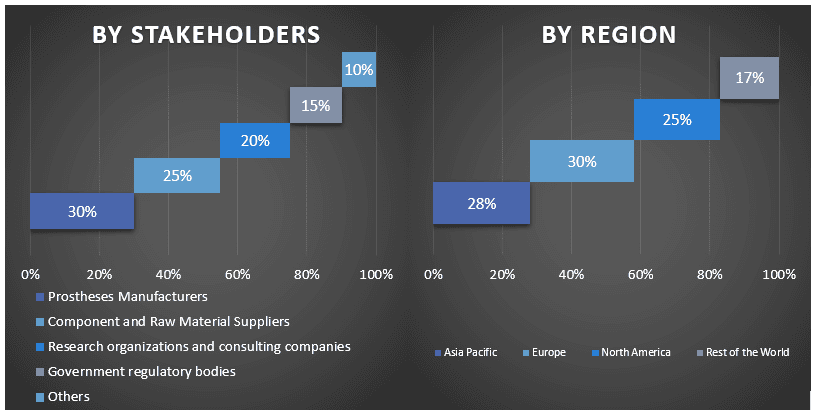
Inżynieria rynku
Zastosowano technikę triangulacji danych w celu ukończenia ogólnej estymacji rynku i uzyskania precyzyjnych danych statystycznych dla każdego segmentu i podsegmentu globalnego rynku protez udowych. Dane podzielono na kilka segmentów i podsegmentów po przestudiowaniu różnych parametrów i trendów w obszarach produktu, materiału i użytkowników końcowych na globalnym rynku protez udowych.
Główny cel badania globalnego rynku protez udowych
W badaniu wskazano obecne i przyszłe trendy rynkowe globalnego rynku protez udowych. Inwestorzy mogą uzyskać strategiczne spostrzeżenia, aby oprzeć swoje decyzje inwestycyjne na analizie jakościowej i ilościowej przeprowadzonej w badaniu. Obecne i przyszłe trendy rynkowe określiły ogólną atrakcyjność rynku na poziomie regionalnym, zapewniając platformę dla uczestników branży, aby wykorzystać niewykorzystany rynek i odnieść korzyści jako pierwszy gracz. Inne cele ilościowe badań obejmują:
- Analiza obecnej i prognozowanej wielkości rynku protez udowych pod względem wartości (USD). Ponadto analiza obecnej i prognozowanej wielkości rynku różnych segmentów i podsegmentów
- Segmenty w badaniu obejmują obszary produktu, materiału i użytkowników końcowych.
- Definicja i analiza ram regulacyjnych dla branży rynku protez udowych.
- Analiza łańcucha wartości związanego z obecnością różnych pośredników, wraz z analizą zachowań klientów i konkurentów w branży.
- Analiza obecnej i prognozowanej wielkości rynku protez udowych dla głównych regionów.
- Główne kraje regionów objętych badaniem obejmują Azję i Pacyfik, Europę, Amerykę Północną i resztę świata.
- Profile firm na rynku protez udowych oraz strategie wzrostu przyjęte przez graczy rynkowych w celu utrzymania się na szybko rozwijającym się rynku
- Dogłębna analiza branży na poziomie regionalnym
Powiązane Raporty
Klienci, którzy kupili ten przedmiot, kupili również

